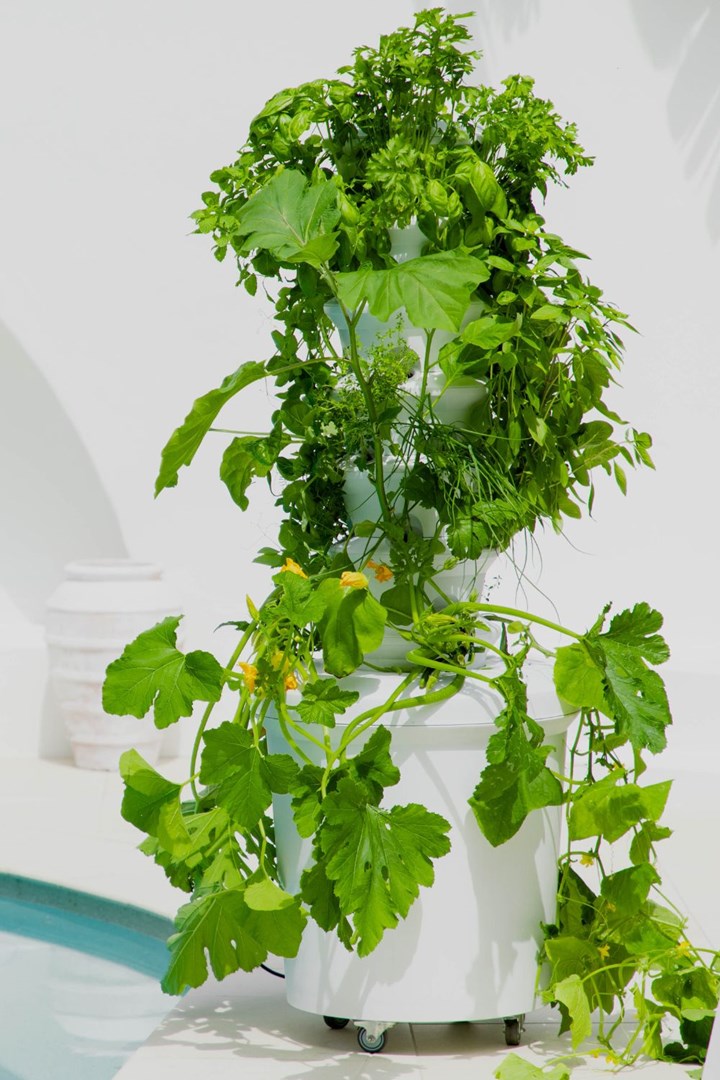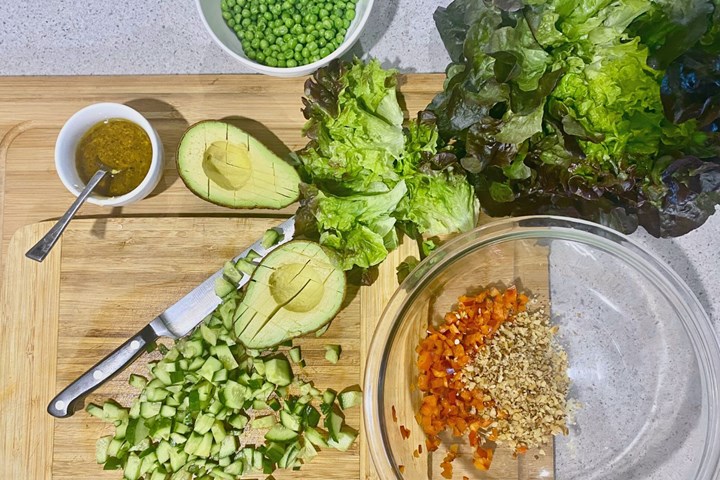Starting A Vegetable Garden
Vary your crops to get the most from your space. Use space-saving trellises for vines like squash and cucumbers, and group vegetables with similar sun and water needs, such as leafy greens and tomatoes.
Most vegetable plants require full sunlight (leafy vegetables need less), so plant them in a sunny location with good drainage. Keep in mind that soil dries out quickly, so frequent watering is essential.
1. Plan your garden
Assess the available space in your garden or on your balcony and plan which fruits and vegetables you want to grow. Consider your local climate, the amount of sunlight the area receives, and the growing season. Choose crops that are well-suited to your region and that you and your family enjoy eating.
2. Do the ground work
If you’re planting in the ground, you’ll want to ensure the soil is fertile and well-draining. If the soil isn’t ideal, consider creating raised beds or using containers with high-quality potting mix. Adding compost or organic matter will provide essential nutrients for plant growth.
3. Use the right tools for the job
If you’re tight on space and you prefer to avoid using soil or getting your hands dirty altogether, consider using an aeroponics system such as the Airgarden. It makes growing herbs, leafy greens and vegetables even easier.
The system is so simple to set up and shouldn’t take more than 15 minutes, with no tools or heavy lifting required. Seedlings for the Airgarden are grown in 100 percent natural ‘coco-coir’ plugs, and they simply slot into each of the 30 grow spots.

Once you’re set up, add water to the base reservoir, along with the liquid nutrient solution, to speed up growth and improve the nutritional value of your plants. Then there’s minimal maintenance required – plants are self-fertilised and self-watered by the Airgarden, as the water is pumped to the top, before moving through the system, feeding the plant roots.
Unlike soil-based gardening, the water is constantly recycled, with no runoff or evaporation. This process takes the guesswork out of growing and makes plants grow faster than in soil – which means more delicious, homegrown produce when you want it.
4. Start with easy-to-grow plants
If you’re new to gardening, begin with crops that are relatively easy to grow, such as tomatoes, lettuce, herbs, or radishes. These plants are generally forgiving and will give you confidence as you develop your gardening skills.
5. Water and maintain regularly
If you’re using soil/garden, keep an eye on your plants’ water needs and provide sufficient hydration. Regularly remove weeds and monitor for pests and diseases. Use natural pest control methods to minimise the use of chemicals.
6. Harvest at the right time
Pay attention to the recommended harvest time for each crop. Harvesting at the right moment ensures the best flavour and nutritional value. It also encourages continuous growth and production throughout the season.

7. Enjoy the fruits (and vegetables) of your labour
Relish the satisfaction of picking and eating the produce you have grown yourself. Experiment with cooking and preserving your homegrown bounty to enjoy it even beyond the growing season.
8. Share and connect
If you find you are growing more than you can eat, share it with friends, family, or neighbours. Engaging in gardening communities or joining local gardening clubs can provide valuable knowledge and camaraderie.
By growing your own fruit and vegetables, you take control of what you eat, ensuring that your food is fresh, healthy, and free from harmful chemicals – plus you can save on your grocery bill, too. It also allows you to connect with nature, reduce your environmental impact, and embrace a more sustainable and self-sufficient lifestyle.
Visit Airgarden.com.au and use code BHG100 at checkout for $100 off the full price of an Airgarden purchased in August 2023.
Brought to you by Airgarden.
Source: bhg.com.au

Leave a Reply